I am using IntelliJ Idea Plugin for ANTLR v4 which previews the parse tree. But the preview is quite difficult to interpret when a large binary tree is generated in case of large code.
Is there any alternate way to view the same or generate the output in any other format like PDF etc.

